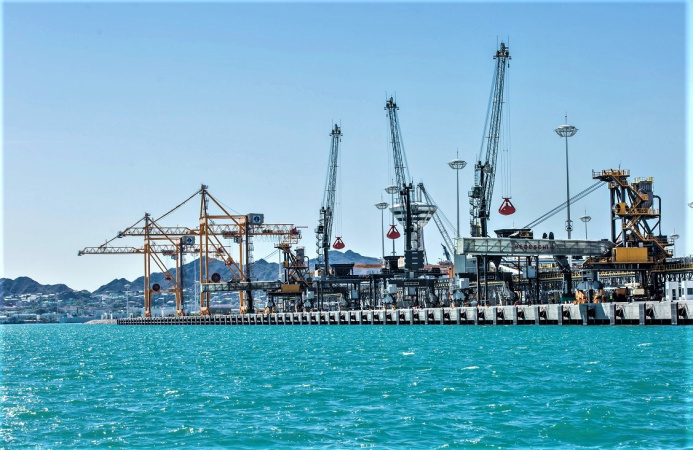EU explores ways to sustainable transport links with Central Asia
01.07.2023 | 01:15 |On June 30, the European Commission published the results of a study on sustainable transport links between Europe and Central Asia as one of the measures to implement the Global Gateway strategy, which provides a solid foundation for large potential investments in sustainable transport links between the EU and Central Asia.
A study conducted by the European Bank for Reconstruction and Development (EBRD) in the period from November 2021 to June 2023, led and financially supported by the EC, describes a network of the most sustainable transport links and investment opportunities for Central Asian countries to maximize their economic potential by improving communication with each other and with Europe.
"The study is a solid foundation for working together to make the Trans-Caspian Corridor more efficient as soon as possible," commented Commissioner for International Partnerships Jutta Urpilainen.
In addition to the identified and priority investment needs for physical infrastructure in the region (modernization/reconstruction/laying of new railway and road tracks, increasing the capacity of ports, rolling stock, logistics centers, warehousing, etc.), the study also suggests coordinated actions for flexible connectivity measures. These are trade facilitation, digitization, harmonization of tariffs and customs procedures, border control, etc.
Recommendations include the establishment of a formal institute for corridor management, digitization of transport documents, expansion of paperless cross- border trade, improved interoperability, market liberalization and coordinated tariff setting.
Geographically, the study assessed existing and potential new corridors providing the most stable transport links between all five Central Asian states (Kazakhstan, Kyrgyzstan, Tajikistan, Turkmenistan and Uzbekistan) and the Trans-European Transport Network, which connects the 27 EU member states, as well as the Western Balkans, including the Eastern Partnership countries, the Caucasus and Turkey.
As for the modes of transport, the main attention was paid to land routes (rail and road) and sea routes (Caspian and Black Seas).
It is reported that following the results of the study, a series of detailed consultations with stakeholders will be held in the fall of 2023, and an investor forum is planned to be held in early 2024 to ensure the concrete implementation of the projects identified in the study.
As for Turkmenistan, this study notes that the country is actively increasing its presence in the international transport sector, plays a key role in the development of the second transition between Central Asia and the Caucasus through the Caspian Sea, that is, through the port of Turkmenbashi. The Government of the country pays great attention to investing in new large-scale infrastructure projects, including expanding the transit potential of the railway network.
In the short term, the priority need for investment in infrastructure is associated with the creation of the Turkmenbashi-Garabogaz road. This is an important transit cargo route in the Caspian Sea basin. The project will contribute to increasing trade flows, passenger and cargo transportation and improving the quality of logistics operations between Turkmenistan and Kazakhstan.
In the medium term, the priority need for infrastructure investments is associated with the development of a logistics center on the Turkmen-Kazakh border, the report notes.
In the long term, two projects have been identified. This is the reconstruction of the Turkmenbashi-Gyzylgaya-Kunyaurgench road, which would help save time and money for carriers heading to Nukus in Uzbekistan, and establish more direct links between the port of Turkmenbashi and Uzbekistan.
And the second project is the expansion of the Uzen-Bolashak-Bereket line, which will increase the capacity of railway communication between Turkmenistan and Kazakhstan. The increase in capacity is expected due to a combination of additional or longer sidings, improved signalling control system and faster train speeds.
The authors of the report express their gratitude to representatives of numerous ministries and government departments, as well as the private sector in five Central Asian countries for their cooperation and contribution to the study.
ORIENT news











